About - Draper and Kramer, Incorporated (original) (raw)
1893
Established in 1893 by Arthur W. Draper and Adolph F. Kramer, Draper and Kramer, Incorporated, quickly became known as one of Chicago’s premier mortgage banking and residential management firms. A pioneer in the real estate industry, the firm promoted homeownership and provided residential financing during a critical period of growth for the city.
1900s
As the advent of the automobile made a new urban-suburban lifestyle possible, Draper and Kramer took the unique step of opening branch offices to address the broadening geographic reach of its real estate brokerage clientele.
1910s
The decade that saw America’s entry into World War I brought scarcities and labor shortages, but it also brought a shift toward apartment living to Chicago. This transition marked a strategic point in Draper and Kramer’s history, as the firm earned a reputation in the city as a developer, as well as a mortgage banker.
1920s
The building boom of the 1920s saw more development in Chicago than in all the preceding years of the city’s history. As office and residential buildings grew in both height and number, Draper and Kramer expanded by pursuing opportunities on both the brokerage and property management sides of its business.
1930s
During the 1930s, the social backdrop of the Great Depression, the New Deal and the Works Progress Administration influenced Draper and Kramer’s vision for urban renewal and development, which would shape its business for decades to come.
1940s
Adolph F. Kramer’s son, Ferd Kramer, pushed President Roosevelt’s New Deal promise for low-rent housing in the early 1940s before heading to Washington, D.C., to serve as a top housing official for the federal government during World War II.
1950s
Ferd Kramer, now president of Draper and Kramer, began work on resurrecting the city’s deteriorating South Side through a 70-acre mixed-use lakefront development called Lake Meadows, which would eventually become the nation’s model for urban renewal. Draper and Kramer served as adviser on the development and was its original property manager before ultimately acquiring the community in the 1980s. The firm still owns and manages Lake Meadows today.
1960s
Draper and Kramer played a pivotal role in the development of Prairie Shores, a South Side development near Lake Meadows. Prairie Shores was one of Chicago’s first integrated housing project and set a standard for urban renewal projects across the nation during the mid-20th century.
1970s
With the rise of the suburbs and growth of automobile culture in the United States, shopping malls began to be built outside of urban centers. Draper and Kramer became a pivotal player in the development of regional malls throughout Chicago, including Old Orchard, Oakbrook Center and many more.
1980s
Draper and Kramer developed numerous office buildings throughout the country, including the firm’s own corporate headquarters, 33 West Monroe. This 843,000-square-foot, Class A office building in Chicago’s Loop was one of the first stepped-atrium building in the United States.
1990s
Draper and Kramer recognized the changing market dynamic that made apartment-to-condo conversions an area of opportunity, and quickly emerged as a leader in the space. This work gave the firm a deep understanding of value-add renovations – an expertise that has contributed to the company’s success in today’s market as it acquires and repositions existing multifamily communities.
2000s
Heading into its third century of business, Draper and Kramer switched gears and began pursuing ground-up residential and mixed-use developments in markets coast-to-coast. The firm also expanded its residential mortgage division in 2008 with the acquisition of 1st Advantage Mortgage, which operates today as Draper and Kramer Mortgage Corp.
2010s
Acquisitions and redevelopments became an even larger driving force for Draper and Kramer in the 2010s as it took a new strategic direction by consolidating its portfolio into a new investment fund. The company’s commercial and residential finance divisions also rose to record production numbers, hitting $6 billion annually.
Today
The history of Draper and Kramer continues as the firm plans its next century of business and builds on its legacy of growing and evolving to meet the ever-changing needs of the real estate landscape.
A Brief History of Draper and Kramer
1893
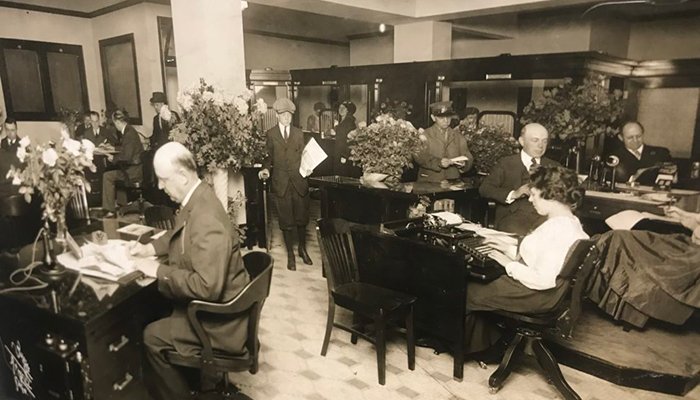
Our Founding
Established in 1893 by Arthur W. Draper and Adolph F. Kramer, Draper and Kramer, Incorporated, quickly became known as one of Chicago’s premier mortgage banking and residential management firms. A pioneer in the real estate industry, the firm promoted homeownership and provided residential financing during a critical period of growth for the city.
1900s
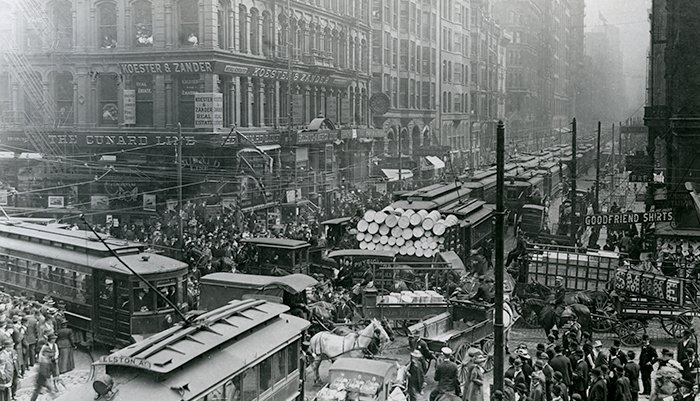
Early Years
As the advent of the automobile made a new urban-suburban lifestyle possible, Draper and Kramer took the unique step of opening branch offices to address the broadening geographic reach of its real estate brokerage clientele.
1910s

First High-Rises
The decade that saw America’s entry into World War I brought scarcities and labor shortages, but it also brought a shift toward apartment living to Chicago. This transition marked a strategic point in Draper and Kramer’s history, as the firm earned a reputation in the city as a developer, as well as a mortgage banker.
1920s
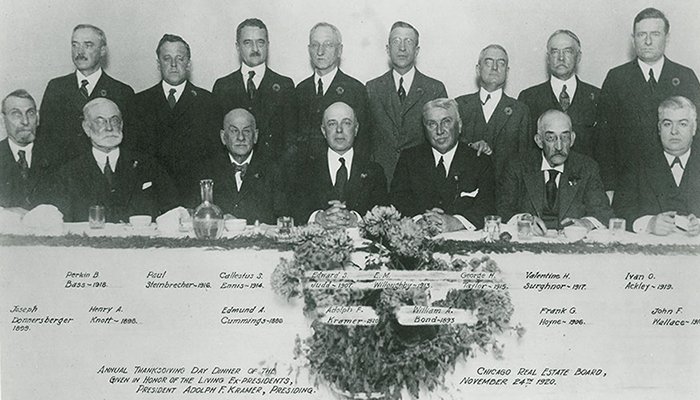
Building Boom
The building boom of the 1920s saw more development in Chicago than in all the preceding years of the city’s history. As office and residential buildings grew in both height and number, Draper and Kramer expanded by pursuing opportunities on both the brokerage and property management sides of its business.
1930s
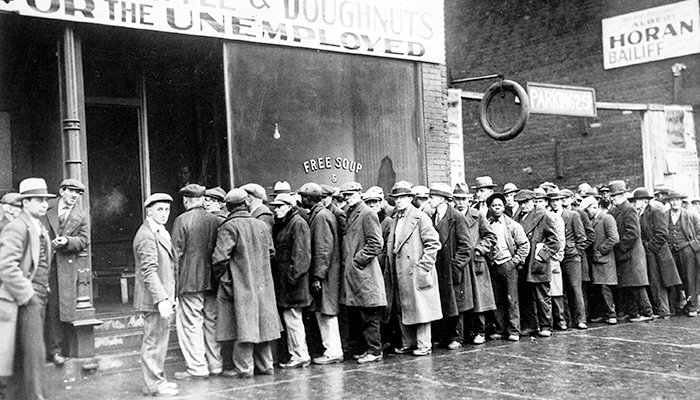
The New Deal
During the 1930s, the social backdrop of the Great Depression, the New Deal and the Works Progress Administration influenced Draper and Kramer’s vision for urban renewal and development, which would shape its business for decades to come.
1940s

World at War
Adolph F. Kramer’s son, Ferd Kramer, pushed President Roosevelt’s New Deal promise for low-rent housing in the early 1940s before heading to Washington, D.C., to serve as a top housing official for the federal government during World War II.
1950s
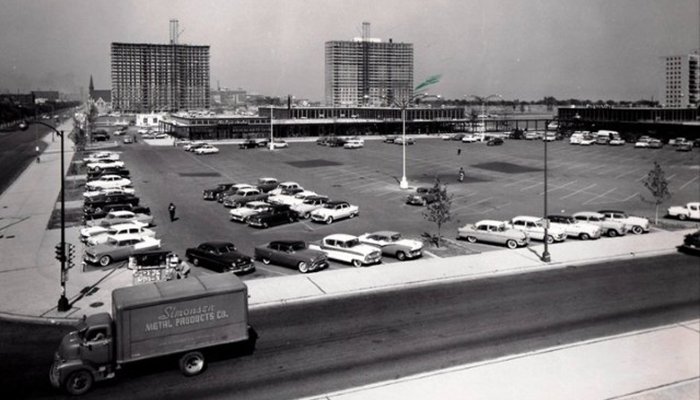
Urban Renewal
Ferd Kramer, now president of Draper and Kramer, began work on resurrecting the city’s deteriorating South Side through a 70-acre mixed-use lakefront development called Lake Meadows, which would eventually become the nation’s model for urban renewal. Draper and Kramer served as adviser on the development and was its original property manager before ultimately acquiring the community in the 1980s. The firm still owns and manages Lake Meadows today.
1960s
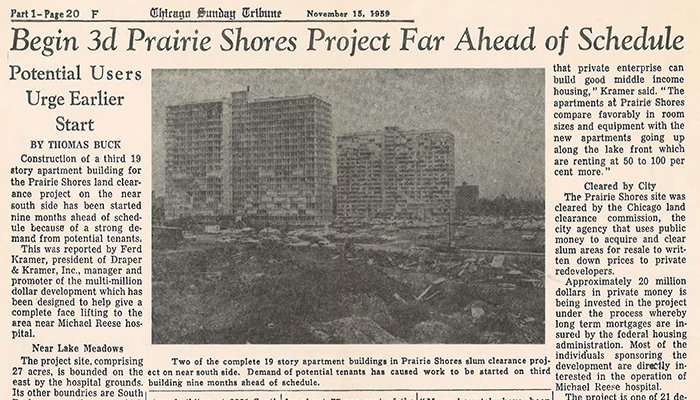
Setting the Standard
Draper and Kramer played a pivotal role in the development of Prairie Shores, a South Side development near Lake Meadows. Prairie Shores was one of Chicago’s first integrated housing project and set a standard for urban renewal projects across the nation during the mid-20th century.
1970s
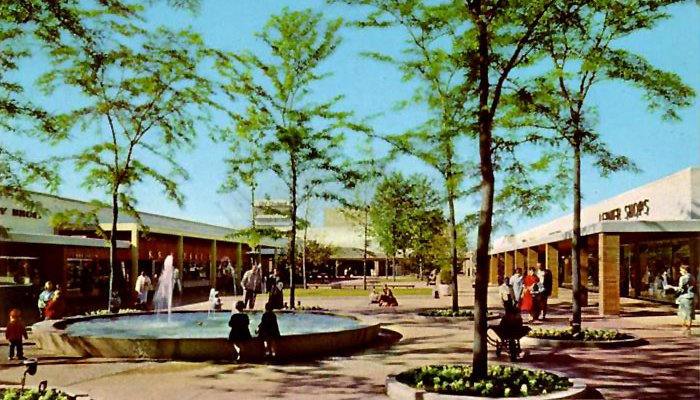
Rise of The Mall
With the rise of the suburbs and growth of automobile culture in the United States, shopping malls began to be built outside of urban centers. Draper and Kramer became a pivotal player in the development of regional malls throughout Chicago, including Old Orchard, Oakbrook Center and many more.
1980s
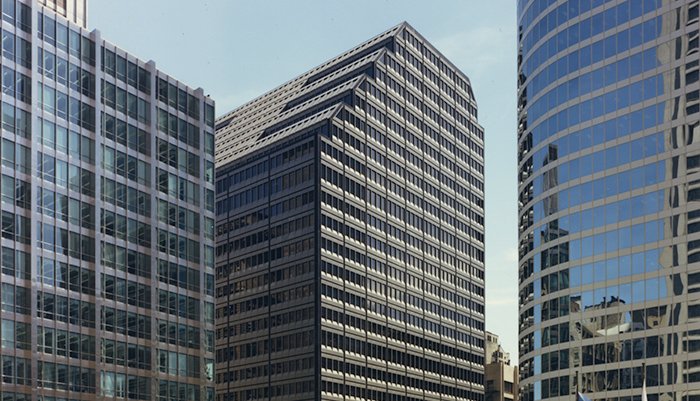
Office Boom
Draper and Kramer developed numerous office buildings throughout the country, including the firm’s own corporate headquarters, 33 West Monroe. This 843,000-square-foot, Class A office building in Chicago’s Loop was one of the first stepped-atrium building in the United States.
1990s
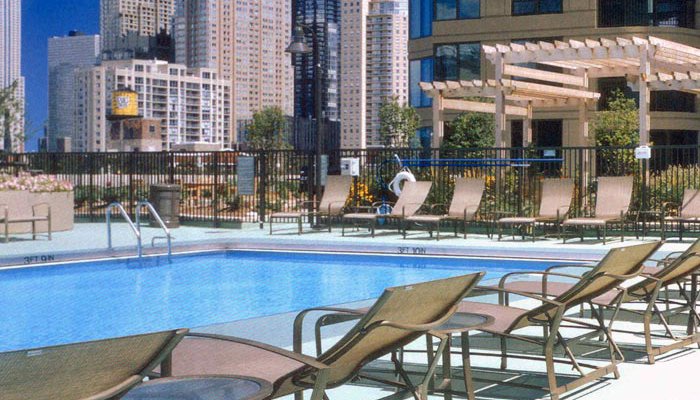
Condo Conversions
Draper and Kramer recognized the changing market dynamic that made apartment-to-condo conversions an area of opportunity, and quickly emerged as a leader in the space. This work gave the firm a deep understanding of value-add renovations – an expertise that has contributed to the company’s success in today’s market as it acquires and repositions existing multifamily communities.
2000s
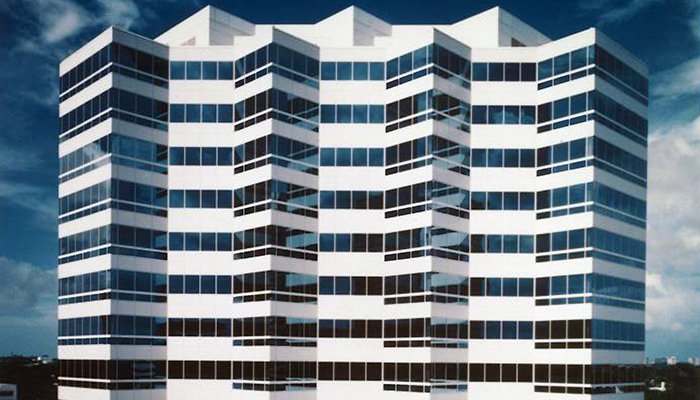
A Third Century of Business
Heading into its third century of business, Draper and Kramer switched gears and began pursuing ground-up residential and mixed-use developments in markets coast-to-coast. The firm also expanded its residential mortgage division in 2008 with the acquisition of 1st Advantage Mortgage, which operates today as Draper and Kramer Mortgage Corp.
2010s
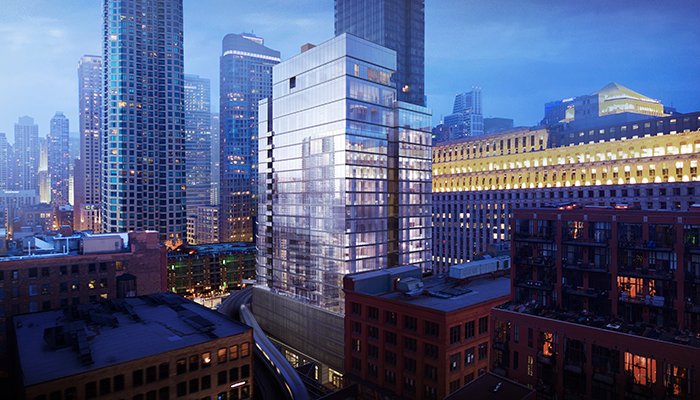
Record Growth
Acquisitions and redevelopments became an even larger driving force for Draper and Kramer in the 2010s as it took a new strategic direction by consolidating its portfolio into a new investment fund. The company’s commercial and residential finance divisions also rose to record production numbers, hitting $6 billion annually.
Today
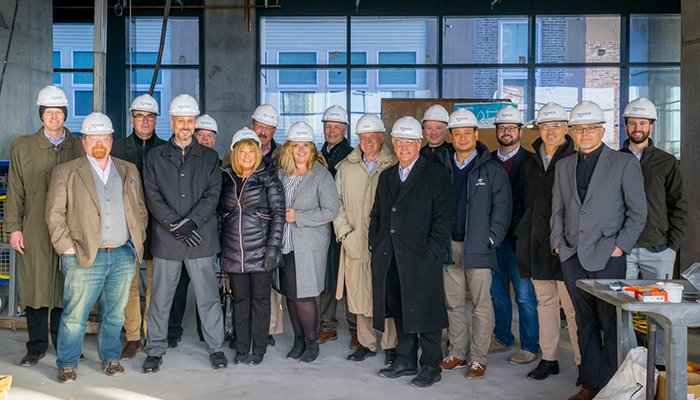
The Next Chapter
The history of Draper and Kramer continues as the firm plans its next century of business and builds on its legacy of growing and evolving to meet the ever-changing needs of the real estate landscape.